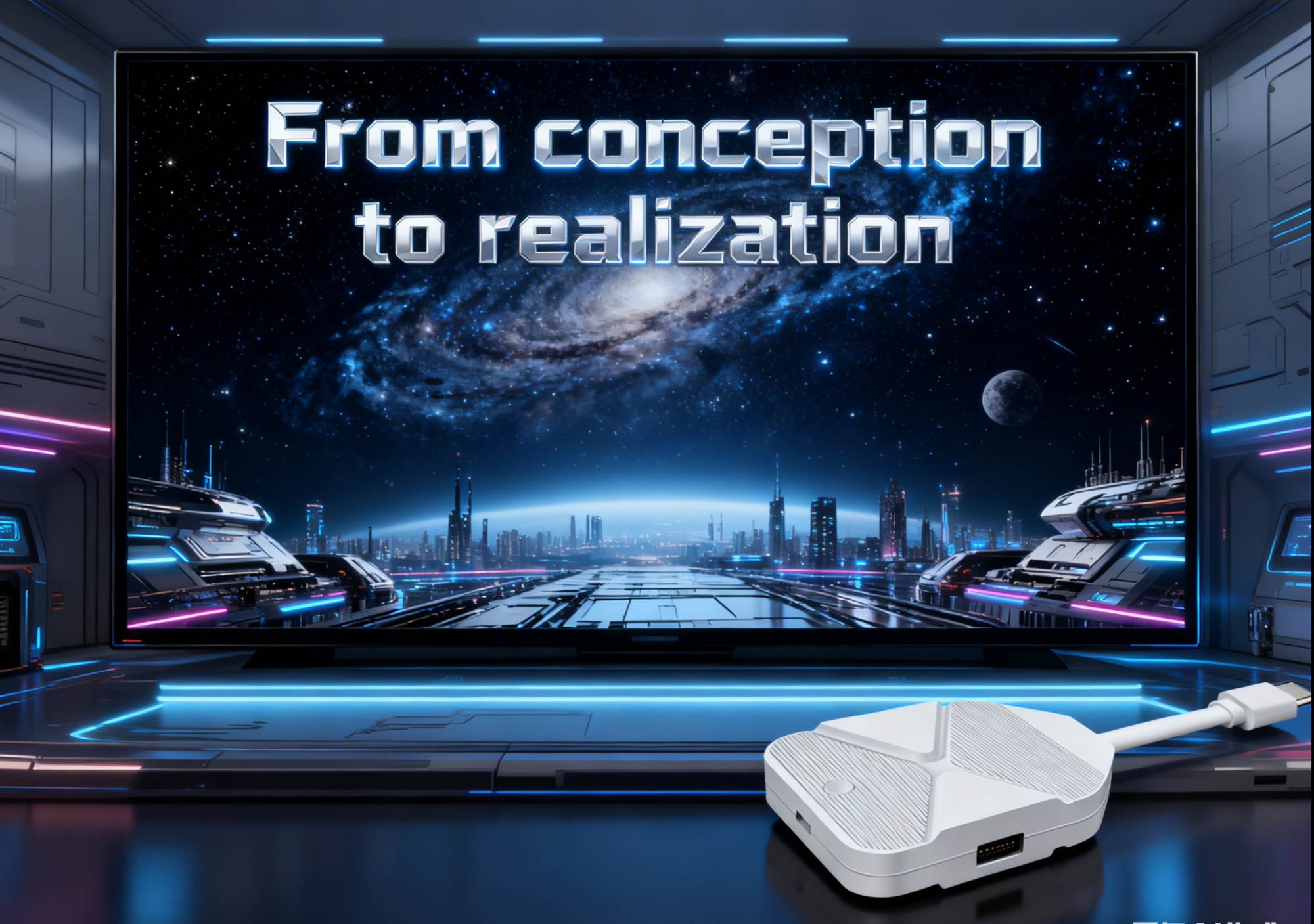Open the “black box” of your TV box, and you’ll discover one of the key technologies that shapes your viewing experience—the encoder.
In today’s streaming era, we watch a wide range of video content on TV boxes every day, yet few of us pay attention to the core technology behind these experiences: the IPTV encoder. Whether you’re watching 4K movies, live sports events, or on-demand hit series, the quality of the encoder directly determines video smoothness, clarity, and loading speed.
contents
How IPTV Encoders Impact TV Box Products
3.3 Compatibility and App Ecosystem
3.4 Service Life and Upgradability
Comparison of Mainstream Encoding Technologies
How to Choose the Right IPTV Encoder for You?
5.1 Content Consumption Habits
IPTV Encoders Used in Various TV Boxes
6.4 Professional-Grade Devices
What Is an IPTV Encoder?
Simply put, an IPTV encoder is a professional audio and video data processing device used in broadcasting or TV transmission projects. It consists of an audio/video compression codec chip, input/output channels, network interfaces, audio/video interfaces, serial interface control, protocol interface control, and system software management.
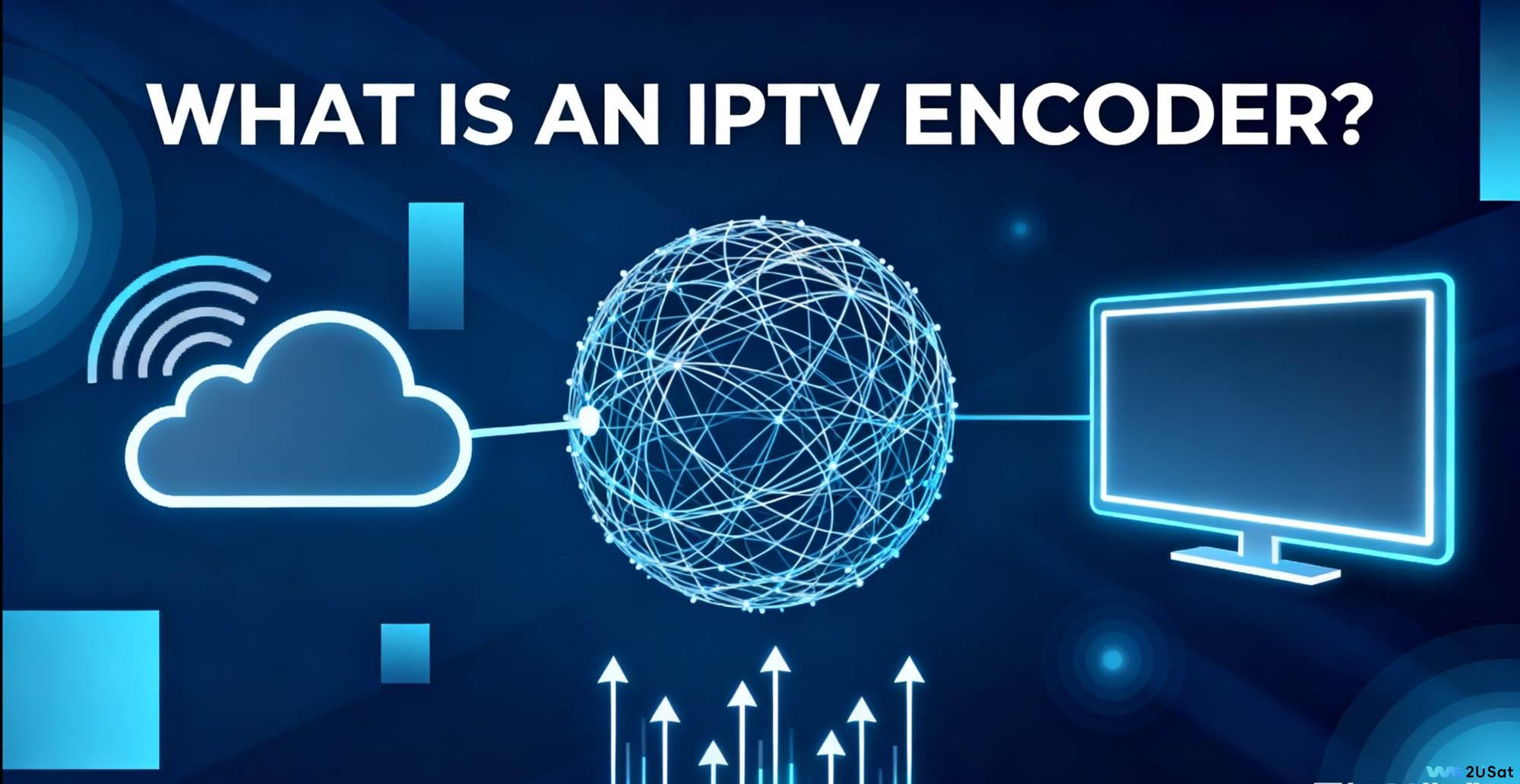
It controls cameras and microphones via a serial interface to record audio and video signals, encodes these signals, and completes the collection and restoration of audio-visual data. Essentially, an encoder “translates” raw video signals into an efficient format suitable for network transmission, while the decoder inside the TV box handles the “reverse translation” to convert this data back into visible images and audible sound. Click to learn about accessing IPTV services without subscription fees.
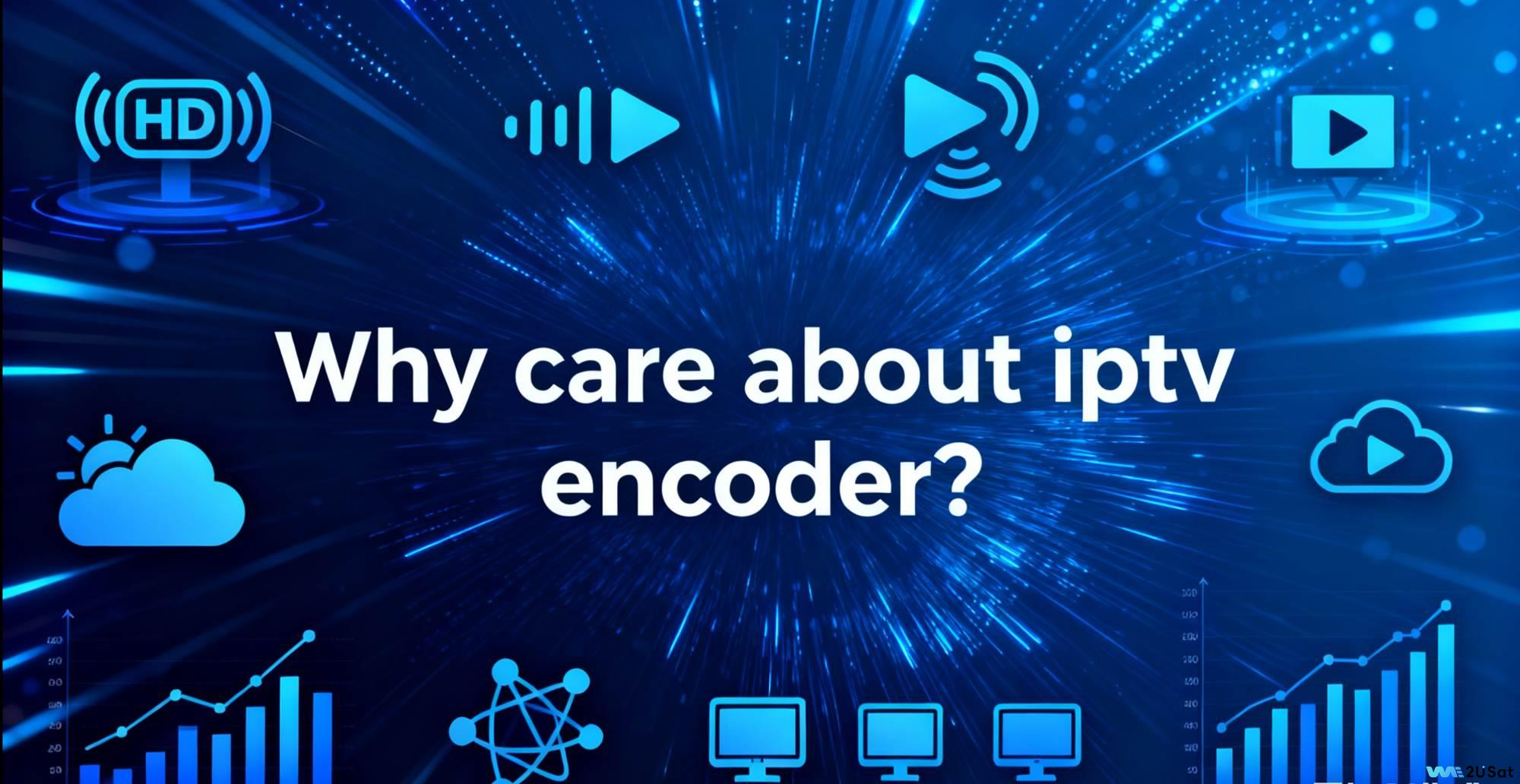
Why Care About IPTV Encoders?
You might wonder: as an average user, why do I need to care about such seemingly esoteric technology?
Because the quality of the encoder directly determines your viewing experience.
Click to learn about the TV box hardware query guide.
● Video Smoothness and Clarity: An efficient encoder can deliver higher-quality video with limited network bandwidth. For example, an H.264 encoder only requires 8Mbps of bandwidth to transmit HDTV content that would need 20Mbps with MPEG-2.
● Device Compatibility: Different encoding standards support different devices and platforms. Choosing a TV box with a suitable encoder means seamless switching between various apps.
● Cost-Effectiveness: Efficient encoding technology can effectively reduce network bandwidth and device storage costs—no need to frequently clear device caches or deliberately replace Wi-Fi or Ethernet connections.
● Future Adaptability: With the development of 8K, VR, and more immersive video experiences, a good encoder allows devices to adapt to these new formats without sacrificing the user’s viewing experience.
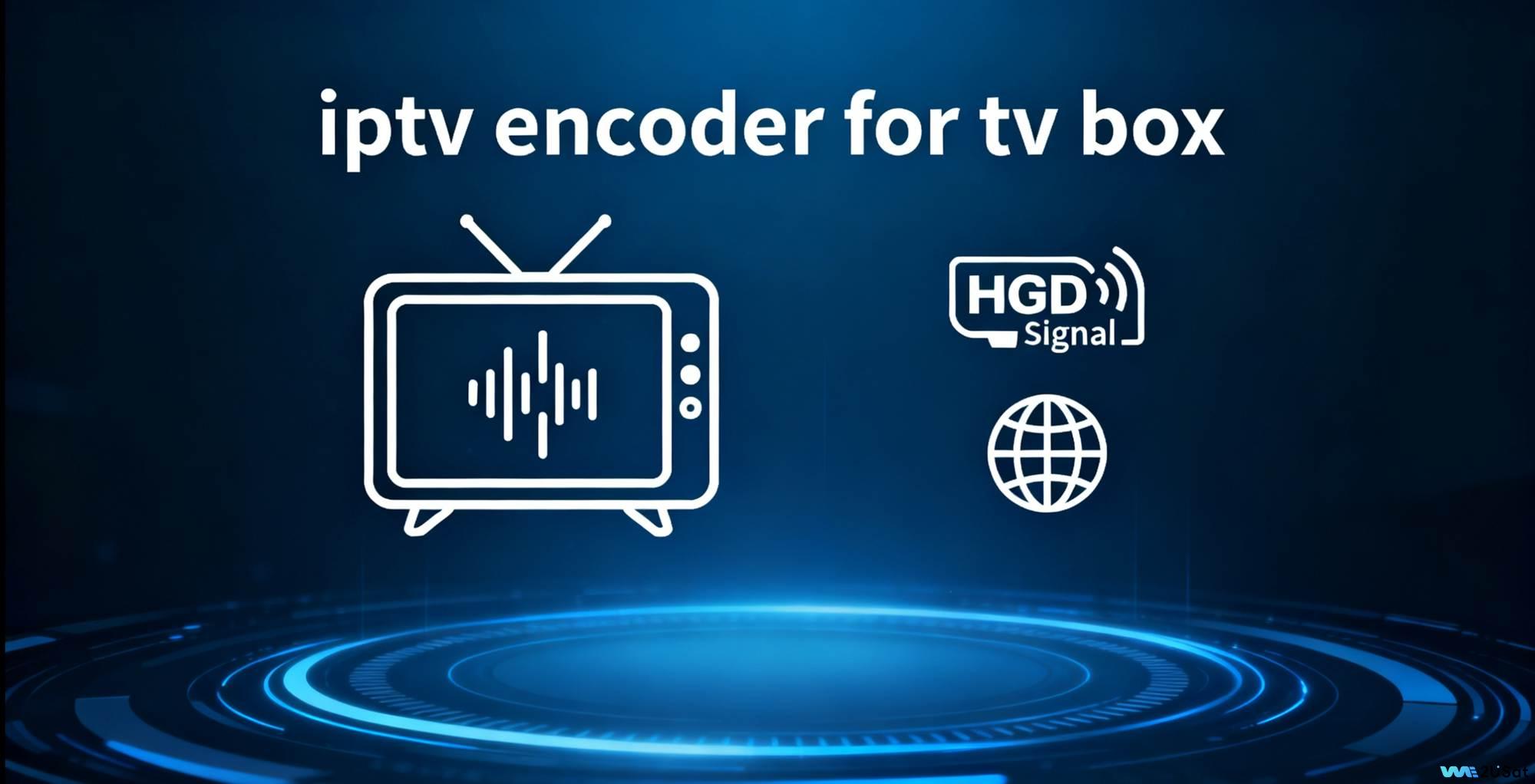
How IPTV Encoders Impact TV Box Products
As the “heart” of a TV box, the encoder has an all-round impact on its performance:
Performance
The efficiency of the encoder directly determines the TV box’s ability to process video content. A powerful encoder can smoothly decode high-resolution video, reduce lag and buffering, and maintain system responsiveness during multitasking. The performance difference of encoders becomes noticeable when you’re watching 4K content while downloading other files in the background.
Picture Quality Output
The encoder determines the maximum resolution, frame rate, and HDR format supported by the TV box. Modern high-end encoders already support 8K content, while low-end devices may still struggle to play 1080p videos smoothly. Encoding algorithms also affect video detail retention, color accuracy, and dynamic range.
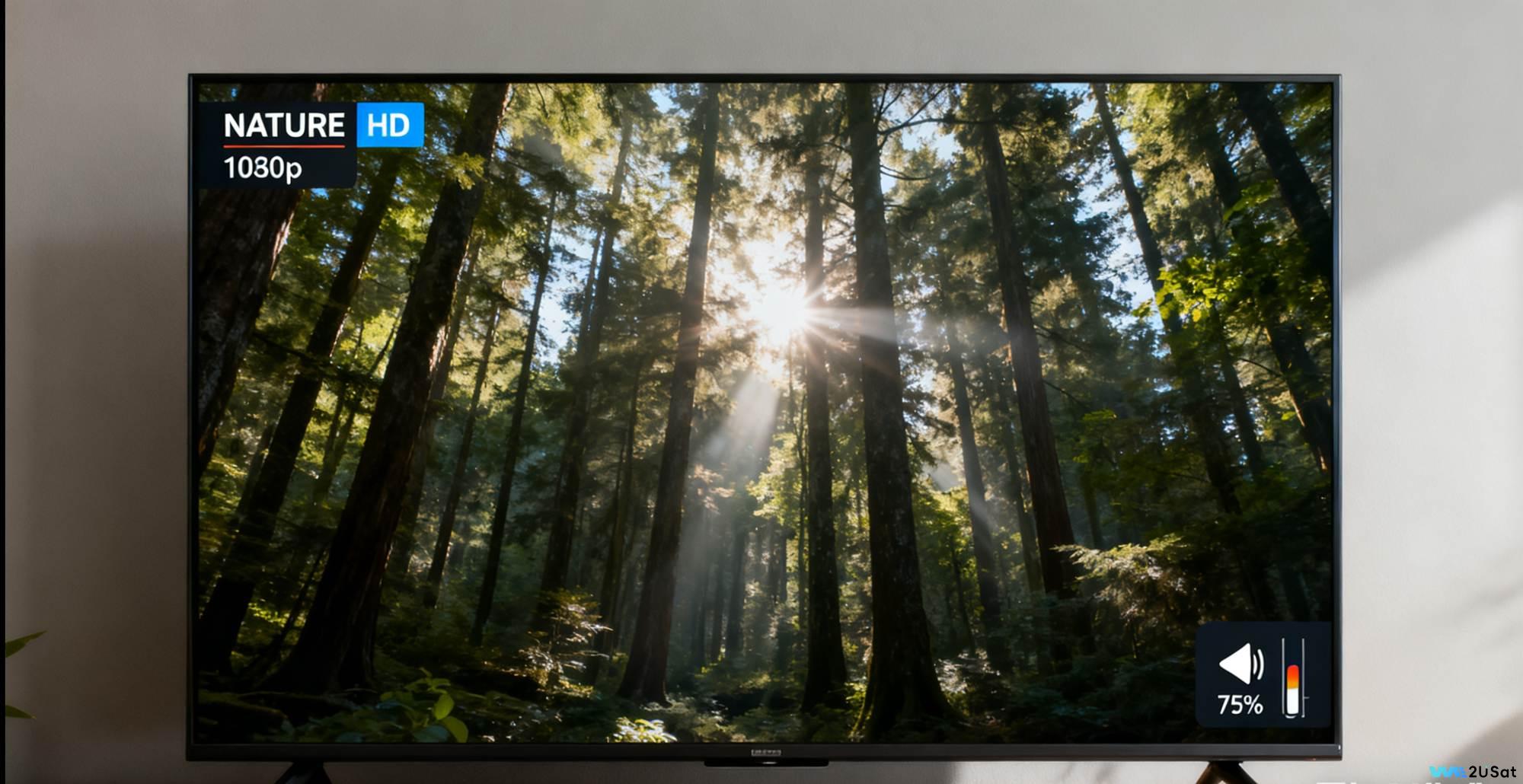
Compatibility and App Ecosystem
Different encoders support different video formats, which directly impacts the types of content the TV box can play. An encoder with good compatibility supports more video formats and streaming apps, eliminating the awkward situation where content can’t be played due to format incompatibility.
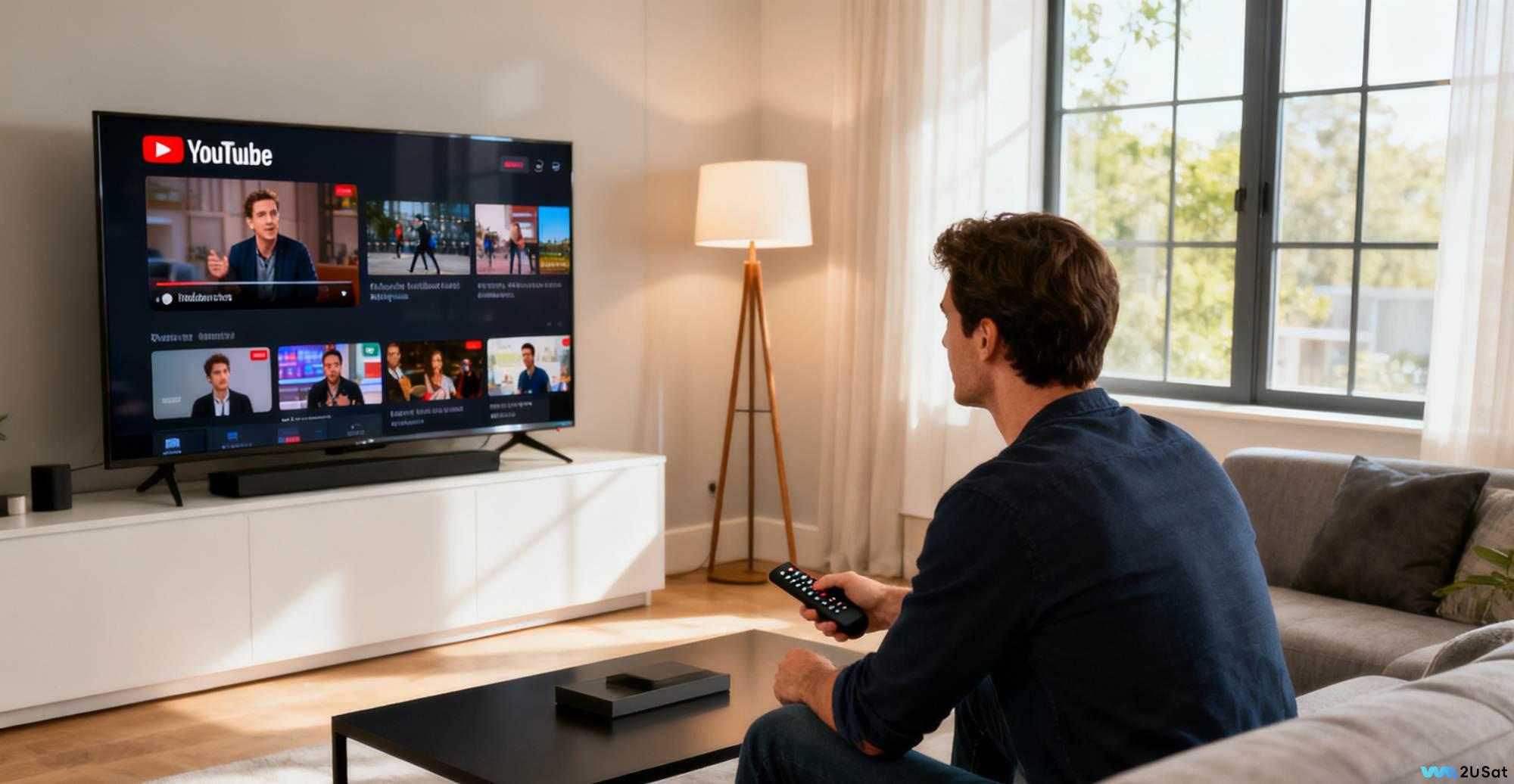
Service Life and Upgradability
Technological obsolescence is a major issue for TV boxes. Encoders with a modular design are easier to upgrade, extending the device’s service life. When new video formats become popular (e.g., from H.264 to H.265, then to AV1), an upgradable encoder avoids the need to replace the entire device.
Price Positioning
Encoder chips are a key component of TV box costs. High-end encoder chips (e.g., those supporting 8K, HDR, and low-latency encoding) significantly increase device costs but also deliver a correspondingly better experience.

Comparison of Mainstream Encoding Technologies
Understanding different encoding standards helps you make more informed decisions when choosing a TV box
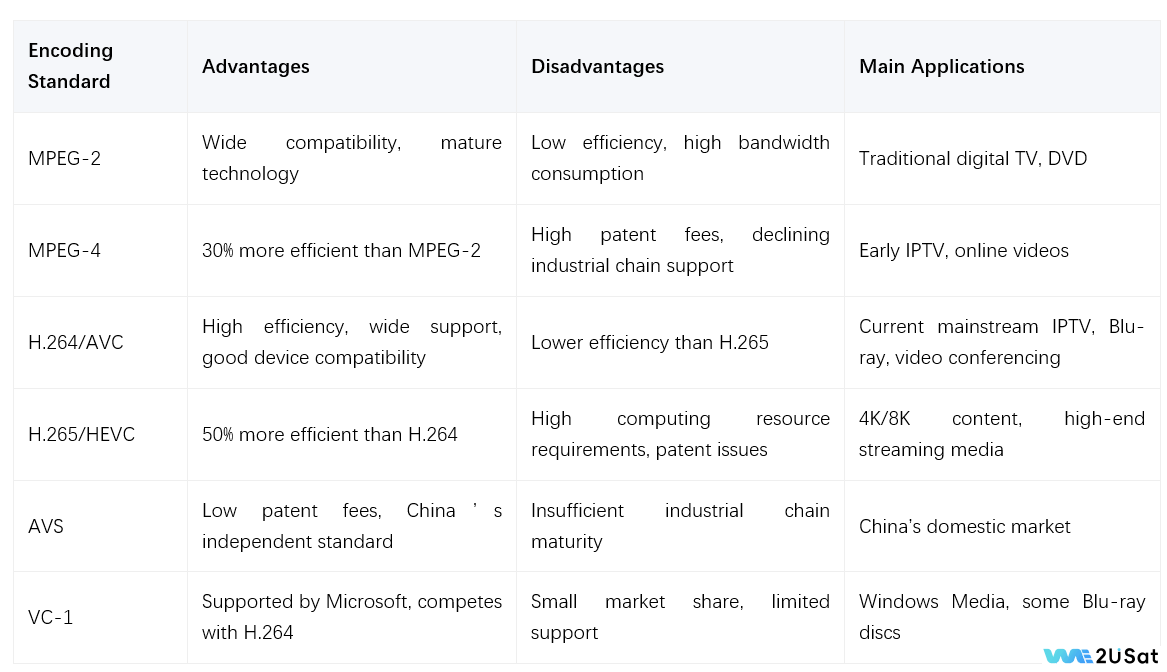
How to Choose the Right IPTV Encoder for You?
When selecting an encoder, consider your specific needs and usage scenarios:
Content Consumption Habits
● Mainstream streaming users: If you mainly watch content on mainstream platforms like Netflix and YouTube, choosing an encoder that supports H.264 and H.265 is sufficient for most needs.
● High-quality video enthusiasts: If you enjoy 4K or even 8K content, focus on encoders that support H.265/HEVC or even AV1 to fully leverage the advantages of high-resolution content.
● Multifunctional users: If you need to process multiple video streams simultaneously (e.g., multi-room content distribution in homes, small business applications), consider a multi-channel encoder—but be sure to confirm it supports true multi-channel concurrency, not just a simple multi-interface design.

Network Environment
● Bandwidth-constrained environments: In networks with limited bandwidth, efficient encoders like H.264 and H.265 deliver a smoother experience.
● High-speed broadband environments: If you have a stable high-speed network connection, you can fully utilize the higher bitrate options offered by high-quality encoders.

Device Ecosystem
● Apple ecosystem users: If you’re deeply integrated into the Apple ecosystem, choose an encoder compatible with Apple TV for a better experience.
● Cross-platform users: If you use multiple devices, opt for an encoder with wide compatibility that supports multiple standards and protocols.
Budget Considerations
● Budget-friendly options: When on a tight budget, prioritize encoders that support H.264—it offers a good balance between price and performance.
● Future-proof investment: If you plan to use the device long-term and avoid frequent upgrades, investing in an encoder that supports H.265 and 8K is more cost-effective.
IPTV Encoders Used in Various TV Boxes
Entry-Level TV Boxes
Entry-level products typically use basic H.264 encoders (e.g., some basic-config TV boxes). These encoders can handle 1080p content, making them suitable for users with limited bandwidth and low picture quality requirements. Prices usually range from $30 to $60.
Mid-Range TV Boxes
Most mid-range devices adopt improved H.264 or basic H.265 encoders, delivering better picture quality and efficiency. These devices also typically have enhanced decoding capabilities for multiple formats (e.g., mid-range models like VseeBox). Prices usually range around $300.
High-End TV Boxes
High-end TV boxes (e.g., We2usat p6 8K) use high-performance H.265/HEVC encoders that support 4K or even 8K content. These devices are usually equipped with dedicated encoding chips (e.g., Amlogic 905Y4) capable of hardware decoding 8K@60fps content.
Professional-Grade Devices
Professional-grade devices (e.g., Datavideo NVD-30) support multiple encoding formats and streaming protocols, including RTSP, RTMP, and HLS. These encoders are typically used in commercial settings such as hotels, educational institutions, and broadcasting applications.
Multi-Channel Encoders
Multi-channel encoders for professional scenarios (e.g., Yuntong V8, Hikvision HVS-8H) support simultaneous processing of multiple HD video streams. These devices adopt an ARM Cortex-A76 architecture plus a dedicated DSP encoding chip to achieve true multi-channel concurrency. Professional-grade devices and multi-channel encoders require technical support and are not necessary for home users.
In addition to the IPTV encoder, click to access the guide on choosing the best TV box.
Summary
As a core technology of TV boxes, IPTV encoders directly impact your viewing experience, device compatibility, and long-term usage value. When making a choice:
1. Prioritize encoders that support H.264 and H.265—these two formats are currently the most mainstream and will remain important in the next few years.
2. Focus on the encoder’s actual performance rather than just the number of interfaces, especially the true concurrency capability of multi-channel encoders.
3. Consider the encoder’s network adaptability and fault tolerance—these are crucial for maintaining a smooth experience in less-than-ideal network conditions.
4. Balance the encoder’s performance with the overall device configuration—an encoder needs to work with sufficient processing power, memory, and network interfaces to fully unleash its potential.
Click to access theIPTV system setup guide
Rapid technological development means that today’s cutting-edge encoder may become obsolete tomorrow. Choosing an open encoding solution with continuous system updates is more important than simply pursuing the highest specifications. Only in this way can your TV box continue to deliver a high-quality experience in the next few years, rather than being quickly left behind by technological advancements.
Frequently Asked Questions
Which Is Better: H.264, H.265, or AV1?
H.264 has the widest compatibility and is suitable for most average users. H.265 (HEVC) is approximately 50% more efficient than H.264 and is more suitable for 4K and higher-resolution content, but it requires more powerful hardware support. AV1 is an open, royalty-free alternative with higher efficiency than H.265, but its support is still in the popularization stage. For most users, an encoder that supports both H.264 and H.265 is currently the best balance.
How Does the Encoder Affect Video Loading Speed and Buffering?
An efficient encoder can transmit higher-quality video with the same bandwidth, or the same quality video with lower bandwidth. This means that with unchanged network conditions, a better encoder can reduce buffering time and improve loading speed—especially during network congestion.
Can All TV Boxes Support New Encoding Formats via Software Updates?
No. Since new encoding formats (e.g., from MPEG-4 to H.264) usually require different hardware capabilities, most TV boxes cannot support entirely new encoding formats through software updates alone. This is another important reason to consider future adaptability when choosing a TV box.








